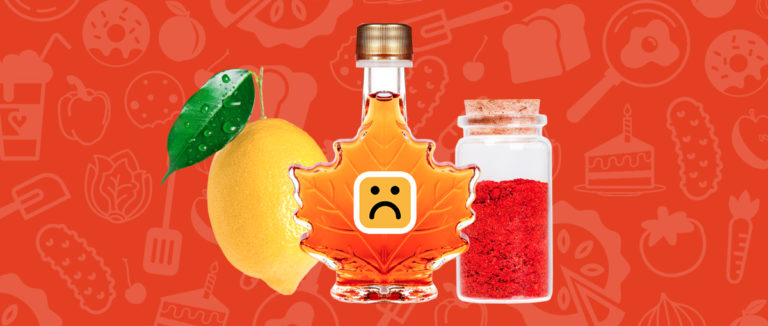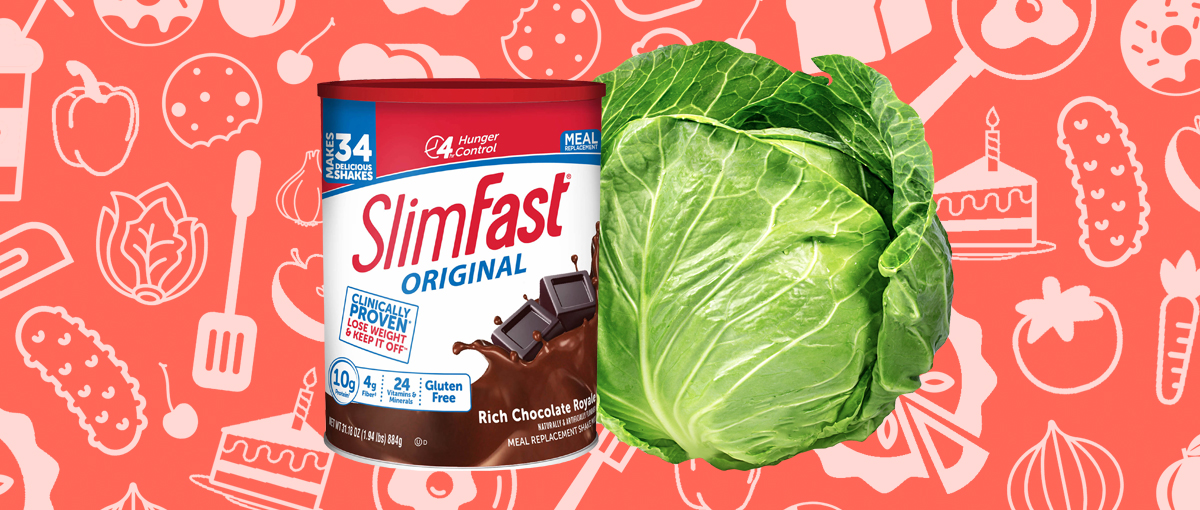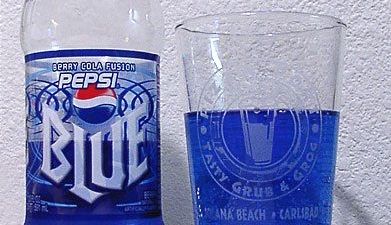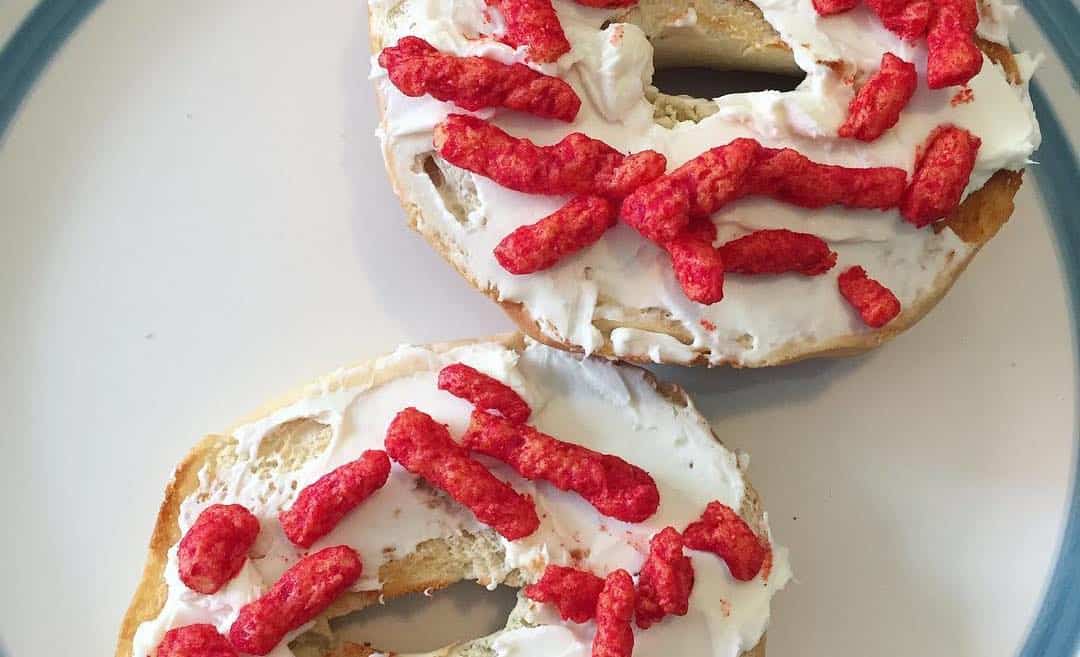Trends come and go, fad diets never seem to go away. 1970s diets were especially interesting. In the midst of platform shoes and disco tunes, these diets were all the rage.
Master Cleanse Diet

While “cleanses” are super trendy right now, they’ve been around for decades. One particularly dangerous version is Stanley Burroughs’ Master Cleanse Diet, invented in the 1940s.
This was also known as The Lemonade Diet or The Maple Syrup Diet. It rose to fame when he published his 1976 book The Master Cleanser.
It involves nothing more than lemon juice, maple syrup, and cayenne pepper. You’re supposed to drink it 6 to 12 times a day, for at least 10 days.
Cookie Diet

As a child, I would have been all over this diet. But if I’m being honest (and realistic), the “Cookie Diet” of 1975 is just bad news.
The diet required you to eat one or two “special” diet cookies for breakfast or lunch. Physician Sanford Siegal formulated the cookies and designed the diet.
Dinner included a 500-700 calorie meal. Apparently, the cookies were supposed to keep hunger at bay. Something tells us there are much healthier ways to go about this.
Starvation

In 1973, Luciana Avedon and Jeanne Molli released The Beautiful People’s Diet Book. It argued that the oldest (and best) treatment for obesity was “total starvation.”
Apparently, people still read the book today, but mainly just for laughs. The advice in the book is allegedly equal parts hilarious and horrifying.
According to Into The Gloss, it also said: “If you watch slender people eat…you see that they demand both good food and little of it.” Oh, goodness.
Diet Pills

The ’60s and ’70s were no stranger to drugs. While things like LSD and marijuana might come to mind, diet pills were just as trendy, too.
Most of these pills were made of fiber and indigestible starches, which often lead to unpleasant stomach pain. One of the most notorious diet pills was Dexatrim.
It was released in 1976 and was formulated by S. Daniel Abraham. By the 1980s, it was taken off the market: it increased risk of stroke.
The Grapefruit Diet
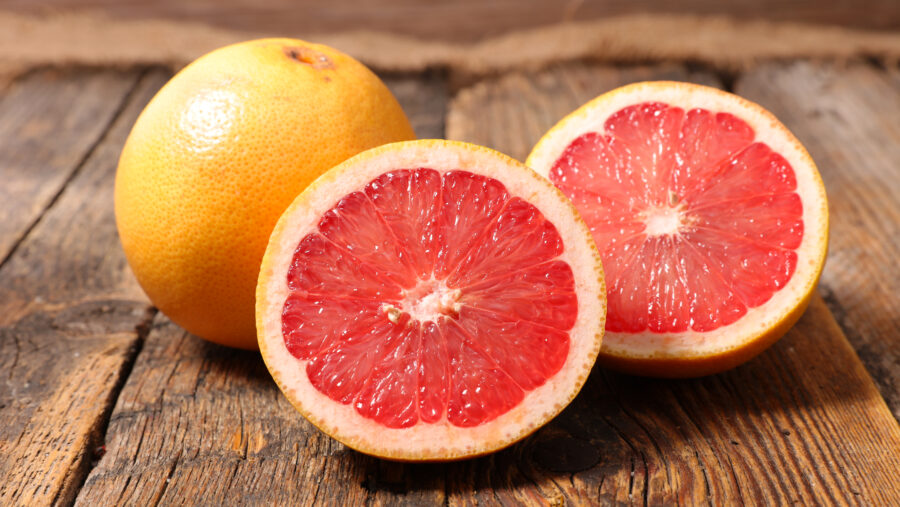
The “Grapefruit Diet” might be one of the most popular 1970s diets. It was created in the ’30s, but it came back with a vengeance in the ’70s.
The diet involved eating half a grapefruit (or 4 ounces of 100% grapefruit juice) before every meal. Breakfast usually consisted of two eggs and two pieces of bacon.
Lunch included protein with a salad and dressing. Dinner was meat and veggies. People believed that grapefruit has an enzyme that burns fat, which has been proven wrong.
The Sexy Pineapple Diet

In 1970, Sten and Inge Hegeler released a book called The Sexy Pineapple Diet. (They also wrote a book titled The Abz of Love, in case you’re wondering.)
The Sexy Pineapple Diet involved eating pineapples (and only pineapples) two days a week. On the other days, you were allowed to eat whatever you want.
Pineapple contains an enzyme called bromelain that was associated with fat burn. However, the diet itself is far from sustainable. Fruit isn’t a magical weight loss solution!
The Israeli Army Diet

This diet was all sorts of strange. First, it required eight days of exclusively eating only one type of food each day. Sounds unrealistic? That’s because it was.
You ate nothing but apples on the first two days. The next two required only cheese. The following two required chicken, and the last two called for salad.
Second, despite the name, the fad diet had nothing to do with the Israeli Army. How bizarre. No, we have no idea where the name came from.
The Last Chance Diet
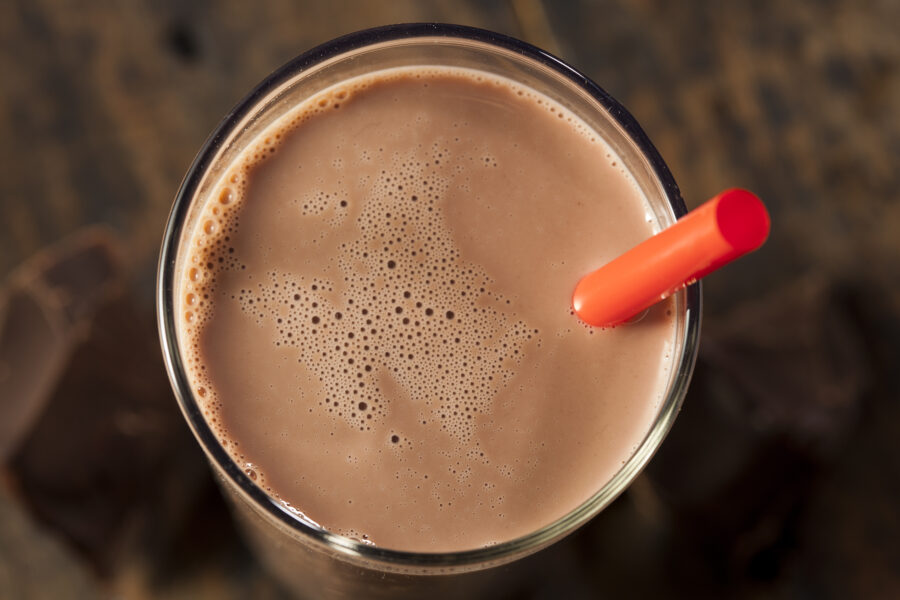
In 1976, Dr. Robert Linn published a book called The Last Chance Diet. Like most 1970s diets, it was based on a specific product.
This one included Prolinn, a liquid protein drink. Aside from the weirdly dramatic name (seriously, “last chance”?), the beverage’s ingredients (and history) were pretty disturbing.
Okay, brace yourself. Prolinn was made with leftovers from slaughterhouses, such as hooves and bones. The FDA took action after a few Prolinn dieters passed away.
The 7-Day Milk Diet

In 1976, the California Milk Advisory Board released a pamphlet called the “The New 7-Day Milk Diet.” Essentially, every meal was replaced with a glass of milk.
The thought process was that milk contained micronutrients that minimized fat deposits. Therefore, it was believed to lead to weight loss. No such luck.
Aside from lacking a balance of essential nutrients, this diet was clearly designed to increase sales of milk. It was like the “got milk?” campaign of 1970s diets.
The Sleeping Beauty Diet

The idea behind The Sleeping Beauty Diet was simple: the more you sleep, the less you eat. There were also two different ways to do this diet.
One option was to sleep as much as possible, especially if you feel hungry. Alternatively, you could use sedatives to promote sleep. Sound healthy? We thought not.
The Sleeping Beauty Diet was basically deprivation in the form of snoozing. However, it was so popular that even Elvis Presley gave it a go.
Sugar Diet

No, your eyes aren’t playing tricks on you. Sugar was totally marketed as an appetite suppressant during the 1970s. This diet is definitely outdated.
Usually, dieters were encouraged to eat a high-sugar food like cookies or soda before a meal. Apparently, added sugar could satisfy your hunger pangs.
Not only that, but sugar was rumored to provide enough energy for exercise, too. Oh, and guess who started the movement? The Sugar Association, of course.
Ayds Candies
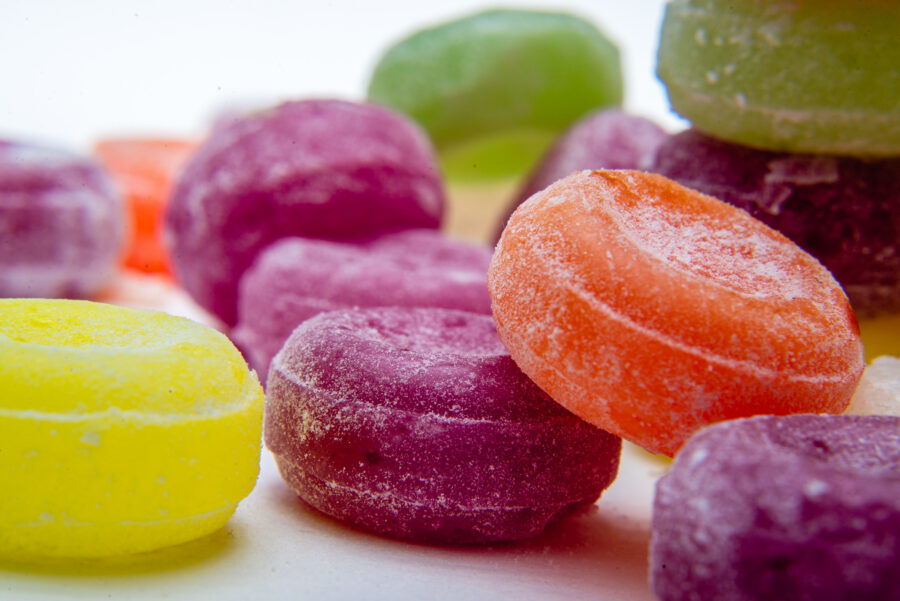
In the late ’70s and early ’80s, an appetite-suppressing candy called Ayds became extremely trendy. They were available in three flavors: chocolate, caramel, and butterscotch.
This was one of the most popular 1970s diets. However, because of its unfortunate name, sales seriously took a nose dive when the AIDS crisis began.
It didn’t help that the candy’s tagline was, “Ayds helps you take off weight and keep it off.” Now that’s a catchphrase that’s aged like milk.
The Scarsdale Diet

The Scarsdale Diet was created in the 1970s by Dr. Herbert Tarnower. This 14-day diet had extremely specific eating guidelines: 43% protein, 35.5% carbs, and 25.5% fat.
It was a low-calorie diet that was designed to be followed for two weeks. Like most fad diets, The Scarsdale Diet did promote a high fruit and veggie intake.
It was eventually criticized because it doesn’t teach mindful, intuitive eating. Dr. Tarnower was actually murdered by his partner in 1980, which made the diet more popular.
The Wine and Eggs Diet

There was the insane “wine and eggs” crash diet in the 1977 beauty issue of Vogue. The diet was designed to be followed for three days.
Breakfast was one hard-boiled egg, one glass of white wine, and black coffee. Lunch included two hard-boiled eggs, two glasses of white wine, and black coffee.
Dinner was grilled steak, black coffee, and the rest of the white wine. I mean, I guess that’s one way to get through the workday.
Weight Watchers

Weight Watchers was technically invented in the early 60s. However, it wasn’t until the early 70s that it exploded onto the international diet scene.
Weight Watchers gives you prepackaged meals with smaller portion sizes. It also gives you a plan to stick to so that you reach your weight loss goal.
There are definitely weirder diets than Weight Watchers. They don’t encourage you to starve yourself or put yourself in a coma, which is nice.
Cabbage Soup Diet

This diet has fallen in and out of fashion from the 1970s, all the way to today. Apparently, Dolly Parton herself advocated for it.
The cabbage soup diet was low in fat and high in fiber. You were meant to make your own soup out of cabbage, onion, green peppers, and celery.
If those ingredients sound unappealing to you, too bad. It was all you were supposed to eat for seven days straight. Obviously, it wasn’t sustainable.
The Atkins Diet
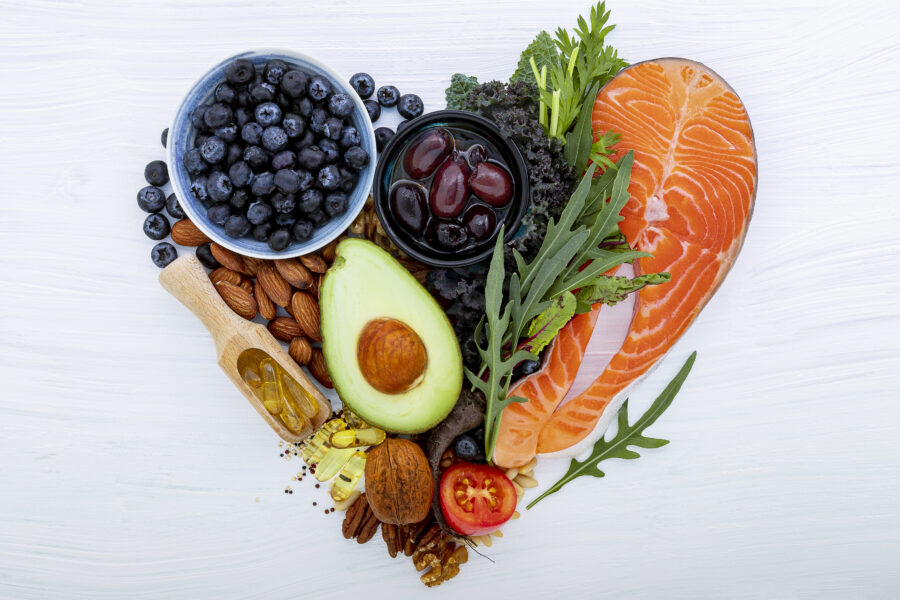
One of the most well-known and long-lasting diets on this list, the Atkins Diet is still with us today in the 2020s. Say goodbye to carbs.
The Atkins diet was brought into existence by Robert Atkins in the 1960s. It was marketed as a way to eat a lot and still lose weight.
Atkins skyrocketed really to popularity in the 1970s, with dieters clambering aboard the Atkins train. This was partly because Atkins himself was a successful cardiologist.
The Stillman Diet
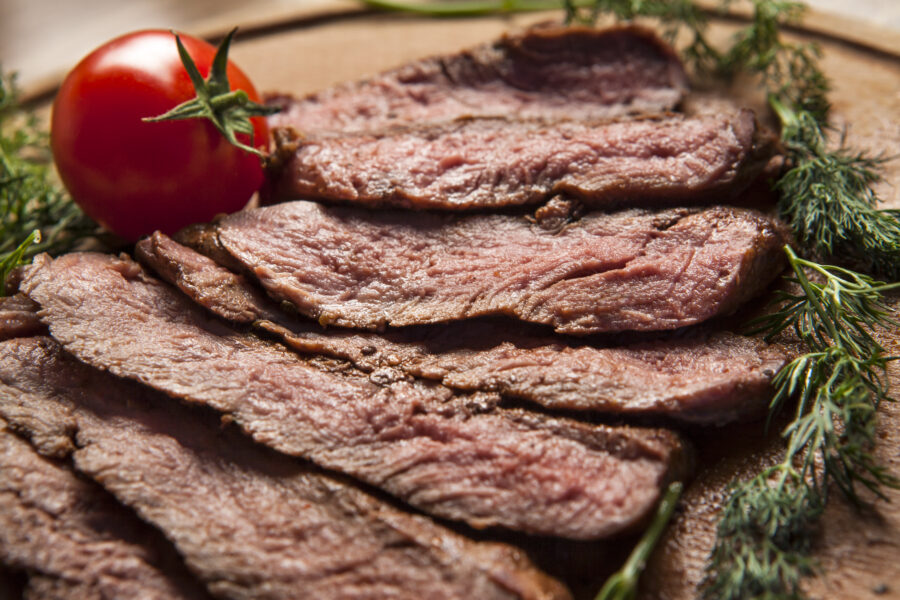
This diet was first created in 1967, so it’s not technically from the 70s. However, it remained popular during that decade. It was similar to the Atkins Diet.
The Stillman Diet emphasized high protein, low carb eating. It’s very restrictive. You’re allowed to eat lean meats, but you can’t cook with oil or butter.
In the early 80s, Karen Carpenter — singer and avid follower of this diet — died from anorexia. Because of this tragedy, it’s since fallen out of fashion.
Metrecal
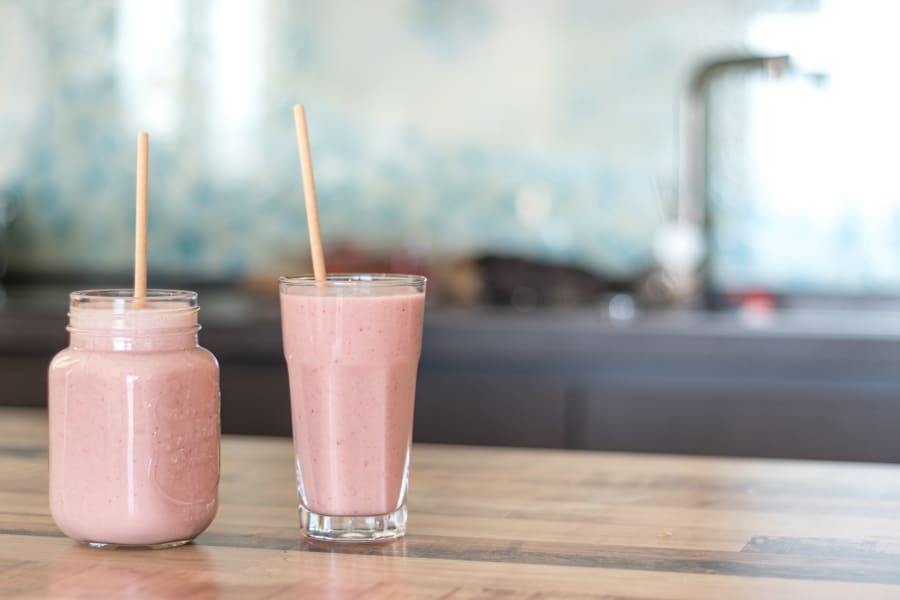
Like the famous meal replacement at the heart of the Last Chance Diet, Metrecal was a beverage that offered benefits. It was introduced in the 1960s.
In the 70s, this particular low-calorie powdered diet rose to popularity but was eventually replaced by competitor Slimfast. Metrecal also offered low-cal hot meals and diet cookies.
Metrecal was advertised as “containing the essential nutrients of protein, carbohydrate, fat, vitamins and minerals” you need. What it didn’t contain? Enough calories to sustain a human being.
The Drinking Man’s Diet

Housewives weren’t the only ones who could enjoy a low-carb, high-alcohol diet with eggs and wine. The drinking man of the 1970s could also partake.
The Drinking Man’s Diet is thought to be one of the very first low-carb diets. It originated in the mid-60s and grew through the 70s.
The key to this diet was choosing spirits that were low in carbs, like gin, vodka, and whiskey. Unsurprisingly, cutting out beer was an effective strategy.
Sego
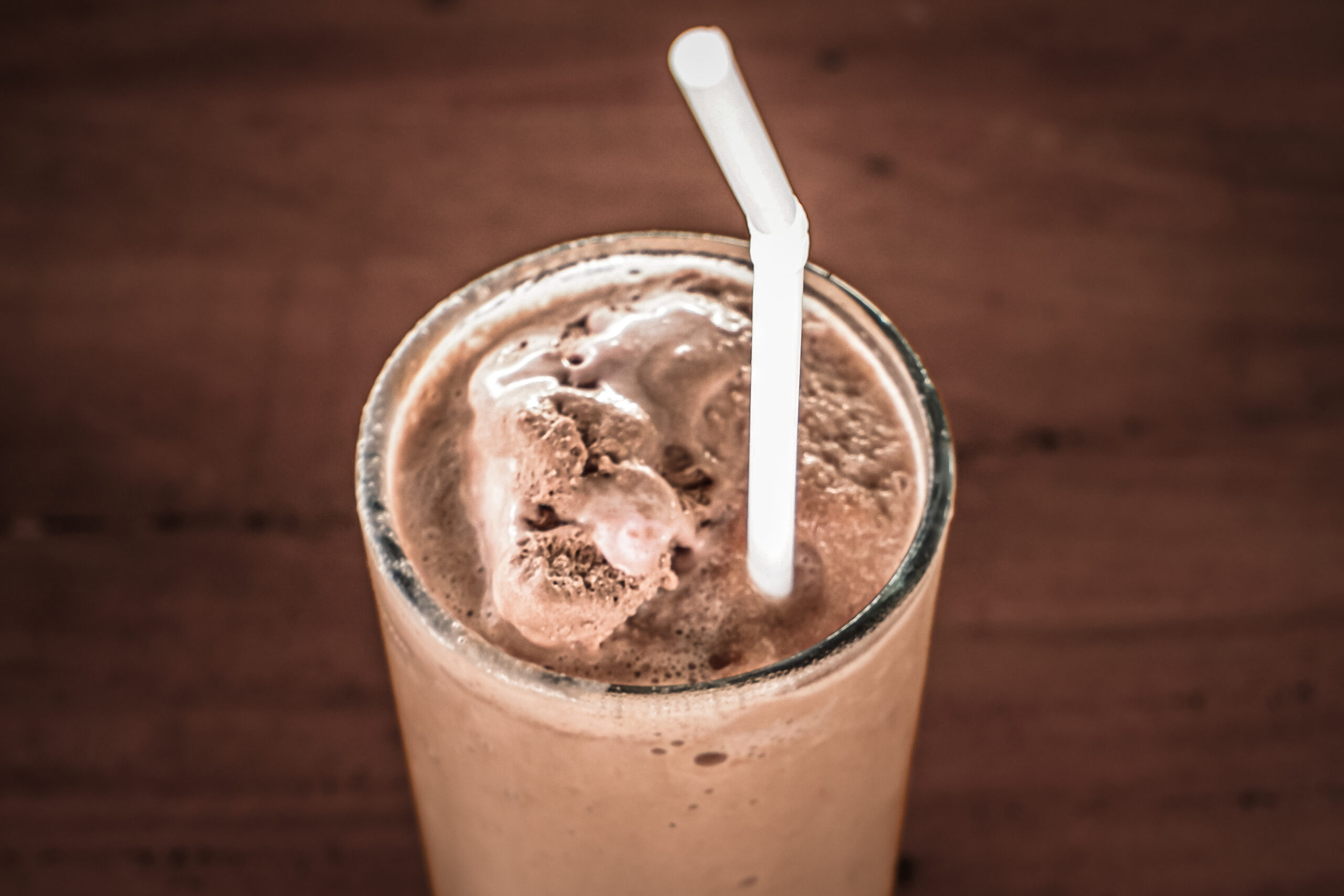
Adding to your liquid diet options in the 1970s was Sego. Like your other options, Sego was intended to be used as a meal replacement with minimal calories.
Sego was created by a company that, at the time, was called Pet Milk. It’s not surprising that they eventually changed their name to Pet, Inc.
You could buy Sego in Chocolate, Chocolate Coconut, Chocolate Malt, Vanilla, Strawberry, Banana and Orange. Each can of delicious Sego contained a whopping 225 calories.
Carnation Slender

We promise this is the last liquid diet on this list. Apparently, simply replacing your meals with smoothies was elite diet advice in the 1970s.
“Stick with 900 Slender calories a day, and you’ll get a thrill when you step on the scale.” You could come across this line in any ’70s magazine.
Unfortunately, many people quickly discovered the truth that 900 calories just wasn’t enough for an adult human. They were, understandably, still hungry and often “failed” this diet.
Belt Massagers

If you wanted to take a more proactive approach to weight loss in the 1970s, you could turn to belt massagers. Simply shake the weight right off!
While this isn’t a diet, it was a popular way to get rid of excess weight in the ’70s. These machines purported to offer maximum results with minimum effort.
Supposedly, having this belt go to work on your bod was the equivalent of a strenuous exercise routine. Better yet, all you had to do was stand there.
Cigarettes

Smoking might be one of the unhealthiest things you can do to your body, but it can also keep you slim. If that’s a tradeoff you’re willing to make.
In the 1970s, many women, in particular, turned to cigarettes to suppress their appetites. Unfortunately, smoking often produced impressive results in terms of weight loss.
Tobacco companies even marketed using weight loss as a benefit. Lucky Strike advertised, “Light a Lucky, and you’ll never miss sweets that make you fat.”
Nixon’s Cottage Cheese with Ketchup
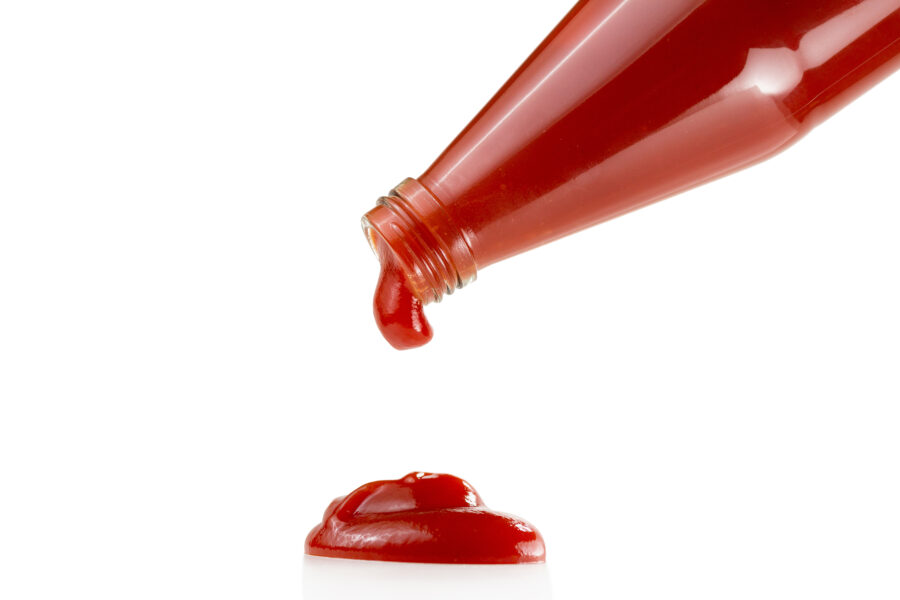
The 37th President of the United States made headlines for numerous reasons in the 1970s. One of the lesser-known reasons was his unusual diet.
Reportedly, Nixon started his day with fresh fruit, coffee, wheat germ, and cottage cheese. Oh, and don’t forget the black pepper and ketchup on that cottage cheese!
Cottage cheese was all the rage for dieters in the 1970s. Nixon was such a fan that he often sent White House chefs out for more.
The Ornish Diet

The Ornish Diet is another diet from the 1970s that’s still with us today. This particular ’70s diet was less extreme and less bizarre than some.
Physician and researcher Dean Ornish developed this diet as a method to prevent heart disease. It asks dieters to follow a lacto-ovo vegetarian diet.
That means removing meat and only eating vegetarian meals. You are allowed milk and eggs. Ornish also promoted smoking cessation in a bold move for a 1970s diet.
Electric Muscle Stimulators

Electric muscle stimulation is something many people are familiar with today. If you’ve used a TENS unit, you’ve used electric muscle stimulation.
But have you heard of the Relaxacisor? This piece of new-age tech could purportedly help with weight loss by stimulating your muscles. Did it work? Probably not.
Similar to the weight belt exerciser, the appeal of the Relaxacisor was that it took minimal effort. You could move your muscles without moving a muscle.
Richard Simmons Exercise Tapes

We can’t talk about weight loss in the 1970s without discussing Richard Simmons. Although this isn’t a diet, it sure was a popular weight loss trend.
Richard Simmons’s ultra-energetic exercise tapes were all the rage in the late 1970s. They were a fun way to get moving and sweating at home.
We have no doubt that many people likely paired their wine and egg diet with some intense Richard Simmons cardio. It’s not necessarily the safest combination.
Jellied Meals

We also can’t talk about diets in the ’70s without talking about those terrible jellied meals. These would contain anything from whipped cream to green beans.
Why did everyone in the ’70s want to turn every food group into jello? We’re not sure, but we do know we’re glad that trend has passed.
We do suspect, however, that the rise of jellied meals had an impact on weight loss in the ’70s. People probably lost weight by skipping these meals.
Julia Child’s French Cooking

While the 1970s was chock-full of weird (and toxic) dieting trends, not everyone exclusively ate pineapples. Julia Child, with her French cooking, was wildly popular at the time.
Under Child’s guidance, people in the 1970s experimented a lot with French cooking in their own kitchens. Quiches, in particular, were especially popular with Americans.
You can do anything you want with a quiche, though Julia Child had her own favorite recipe. Her quiche included bacon bits and cheese.

